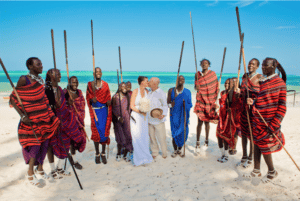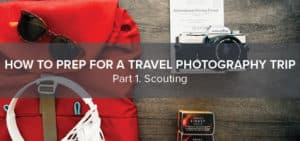Travel Series: The Beauty of Nepal
May 6th, 2015

**Added later: Check out later Travel Series posts that take you on Safari and to Australia. Then look at our top travel workshops and plan your own photo adventure.**
Spring has finally sprung, and you know what that means: travel season is here. In this series, we take a look at the lives of travel photographers who climb, crawl, and photograph their way to the ends of the earth to feed their biggest passion.
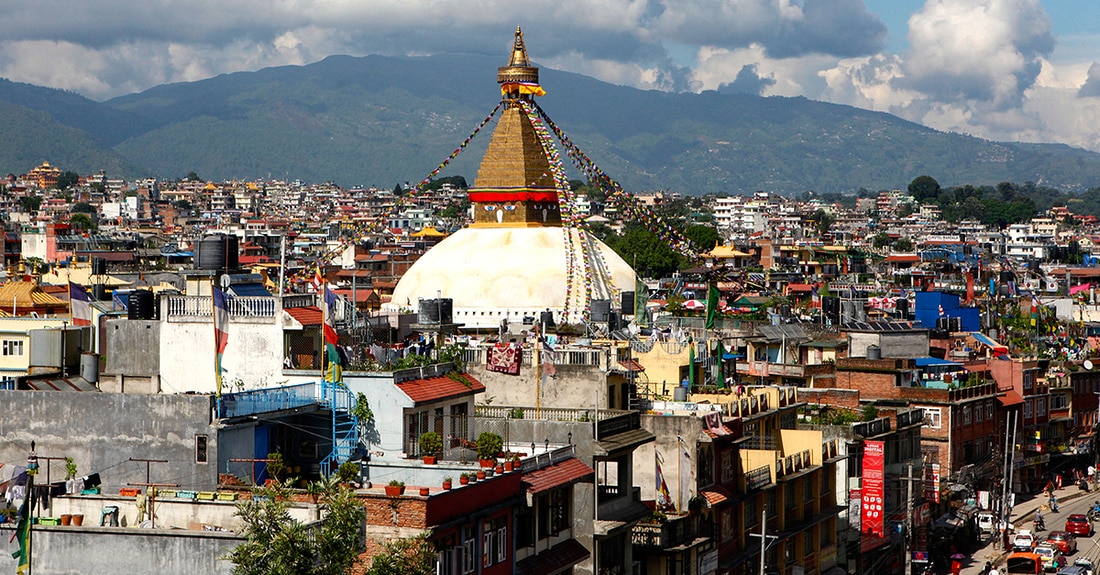
Our second installment takes us to Nepal. With all the chaos and disaster currently taking place, it’s important to focus on the good, and how to help. We encourage you to donate to the Red Cross to aid in their relief. Here we talk to travel photographer Jill Schneider about her time in her “second home.”
How did you get started in photography?
I first started getting interested in photography in high school. I was never at the top of my class, but I loved it. I went to college at the University of Arizona and majored in psychology and family studies. I took photography classes, but more as a hobby. When I graduated, I did not feel I was ready to go and get a masters in psychology so instead I went abroad and spent seven months traveling on my own in Europe, Morocco, Nepal, India, Australia, New Zealand and Fiji. Digital photography was just starting to get popular, and I set off with my 4-megapixel camera. I took photos along the way and didn’t think anything of it. When I returned home, I saw a travel photography exhibit at a café and thought to myself, ‘My photos may be just as good. Perhaps I should try to get into the show.’ I was accepted into the coffee house exhibition, and that led to me getting into multiple gallery shows. I bought a better camera and kept traveling. Still not ready to commit to psychology, I got a job in real estate. When my photographs started selling, I decided to quit my job to get my Masters in photography at the Academy of Art in San Francisco. This was one of the best decisions I have ever made.
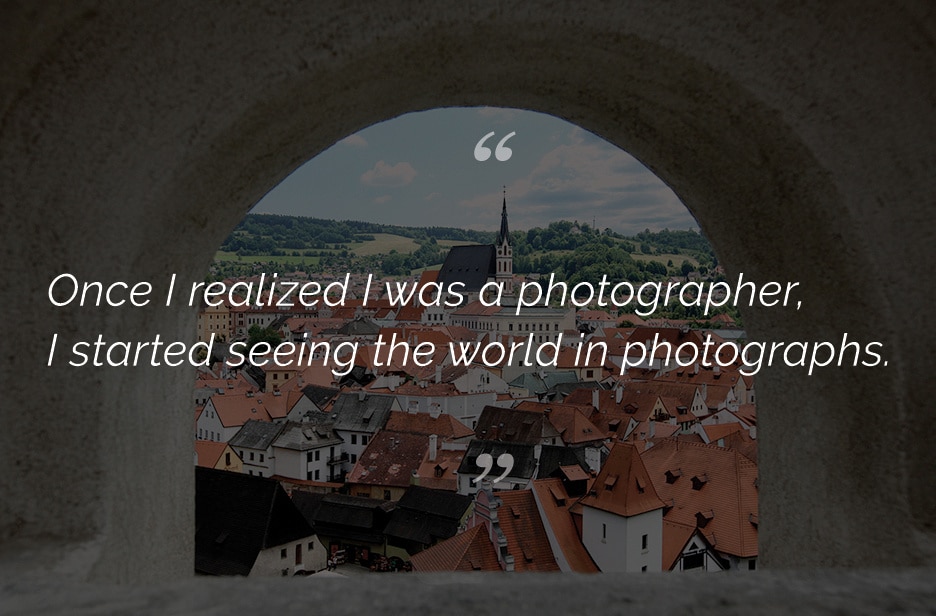
What camera do you use?
I used the Canon Rebel XTI for several years, but when I decided to complete my Master’s thesis project in the Himalayas, the Academy of Art recommended that I buy a better camera. I got the Canon 5D Mark II, and I’ve been using it ever since. It is a great camera! People always ask what cameras and lenses I use. The truth is, there are many great cameras on the market. The most important thing in photography is learning how to see. The gear is secondary. You must learn how to see light, understand composition, learn the technical aspects of photography, and most importantly, learn how to see and capture a moment.
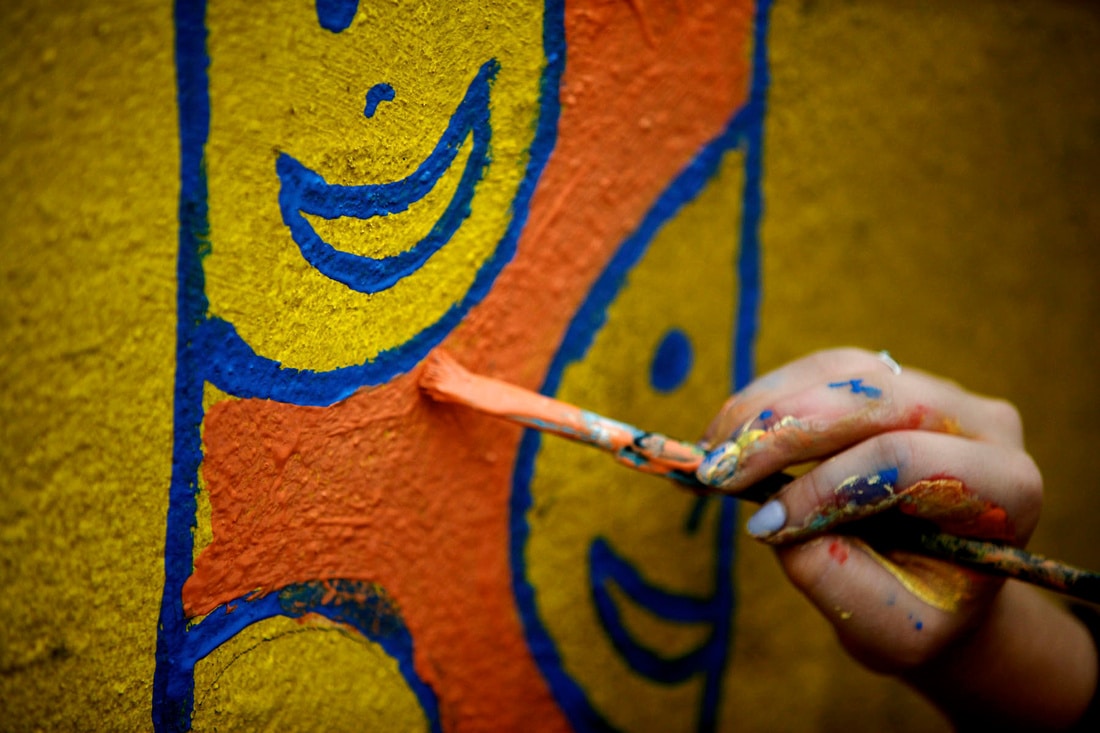
Why Nepal?
Visiting Nepal changed my perspective on the world and myself. It was challenging at times but also very beautiful, and I met amazing people along the way. Being there was the first time I thought ‘Wow, there is a whole other side of the world that I didn’t know existed.’ Once I started taking photography classes, I wished that I had my newfound skills when I went the first time. Because of that, I decided to go back and complete my thesis project in the Himalayas in 2010. I spent nine months traveling throughout Nepal, India, Kashmir, Bhutan and Tibet. Nepal was my home base. The people are really wonderful and kind. There is so much to see and do in Nepal; the culture is very interesting; and the Annapurna Mountain range is the most beautiful landscape I have ever seen. I have always had very positive experiences there, and that’s why I am always drawn back.
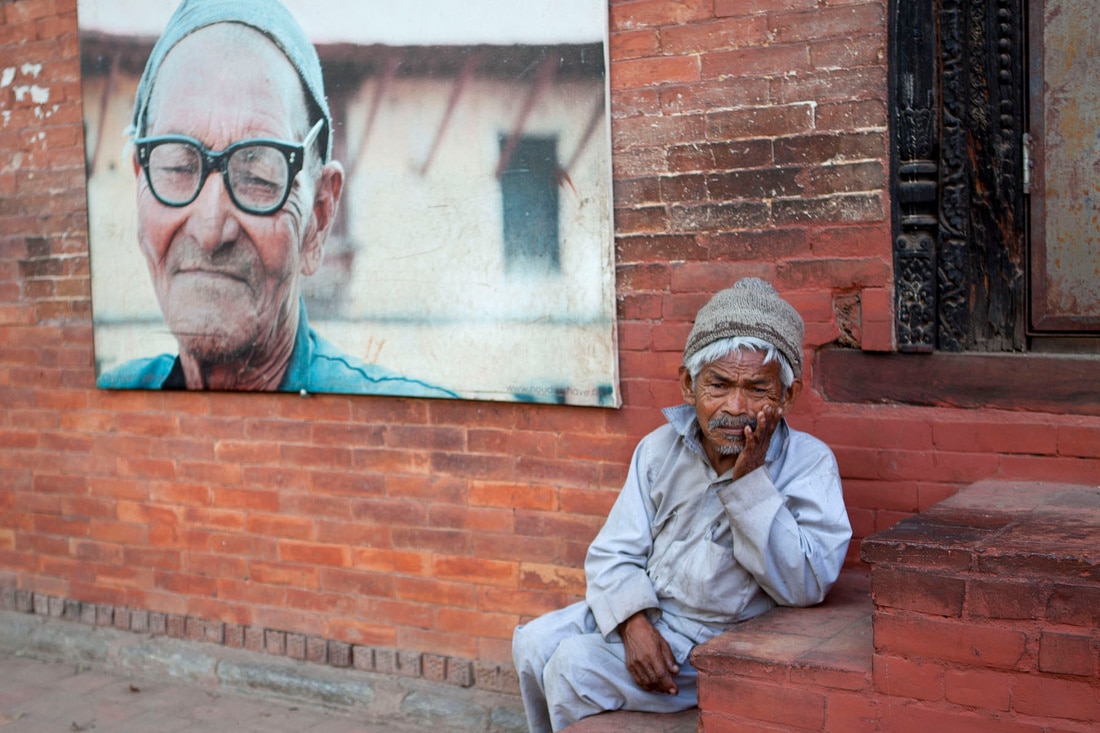
You did a thesis project in Nepal called Dharma Path. Tell us about that.
I was not sure what direction my project would go when I first arrived in Nepal. During my first week there I photographed a street sign that said Dharma Path. At first this meant nothing to me; it was just a picture. But the longer I spent in Nepal, the more sense the sign made. My entire trip turned out to be based much more around religion than I originally thought it would. Religion is a very important in that part of the world, and just by being there I was exposed to Buddhism, Hinduism and subsets of that. Throughout the duration of my trip, I encountered many similarities and contrasts between the different cultures. What remained constant among the people were their strength and generosity, unwavering faith and spirit, and hope for a better life, otherwise known as dharma. Being in this part of the world made me realize we worry about things that are so significant in our eyes, but related to the rest of the world we really have absolutely nothing to complain about.
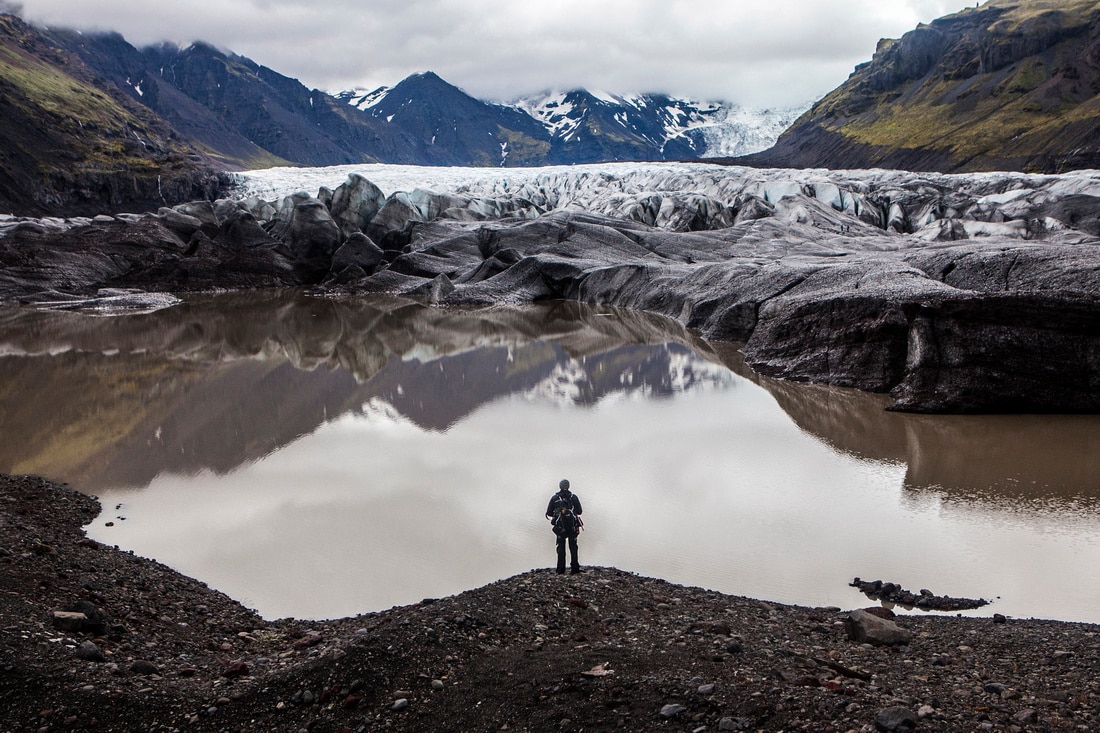
How do you get people to open up and allow you to take their photograph?
Going on this trip, I didn’t want to just take photos and have it solely benefit myself. I wanted to find some way to help and give back. I decided to volunteer during my travels so my photographs would get a bit deeper than the typical tourist shot. I wanted to get immersed into a specific community and really get to know the people that I was photographing. I learned that when people feel comfortable around you, they will open up to you photographically. Many times, people feel very flattered that you want to take a photo of them, and they love seeing it afterward on your screen. During my time in Asia, I volunteered teaching English at a school in a slum, taking care of babies at an orphanage, and teaching monks English.
When I returned back to San Francisco after I completed my project, I had a fundraiser at a gallery to raise money for the various organizations I worked with while abroad.
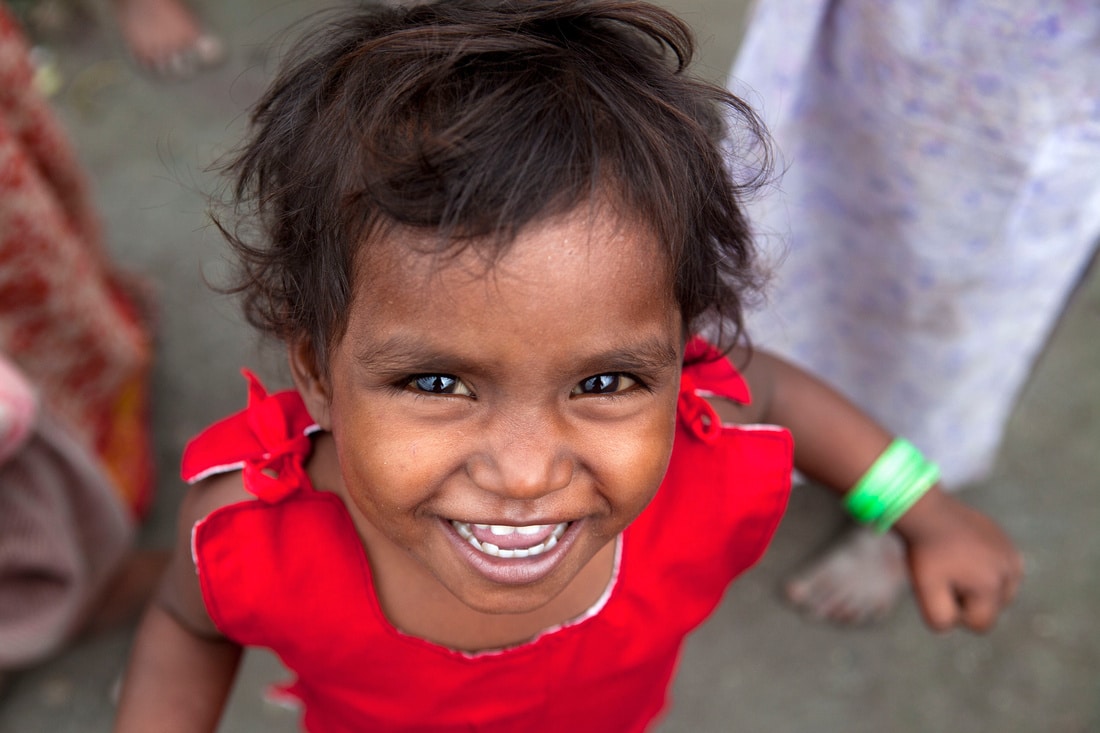
You lead student trips for National Geographic. Can you tell us about that?
I’ve been leading trips for National Geographic Student Expeditions for the past four summers. I have led photography trips in Ecuador and the Galapagos, Iceland, San Francisco, and Prague. This coming summer, I will be leading a photo workshop in Barcelona. Since my first summer working with them, I have been saying that they need to have a trip to Nepal. Finally, they agreed and sent me to Nepal this past summer to scout two new community service trips. I spent two weeks meeting with contacts, visiting hotels, and different villages as potential community service sites. Two wonderful trips have been planned. Unfortunately, with the circumstances around the earthquake, these trips have been canceled for the summer due to safety reasons. They will be up and running again next year, and I think it will be a life-changing trip for the students who get to participate.
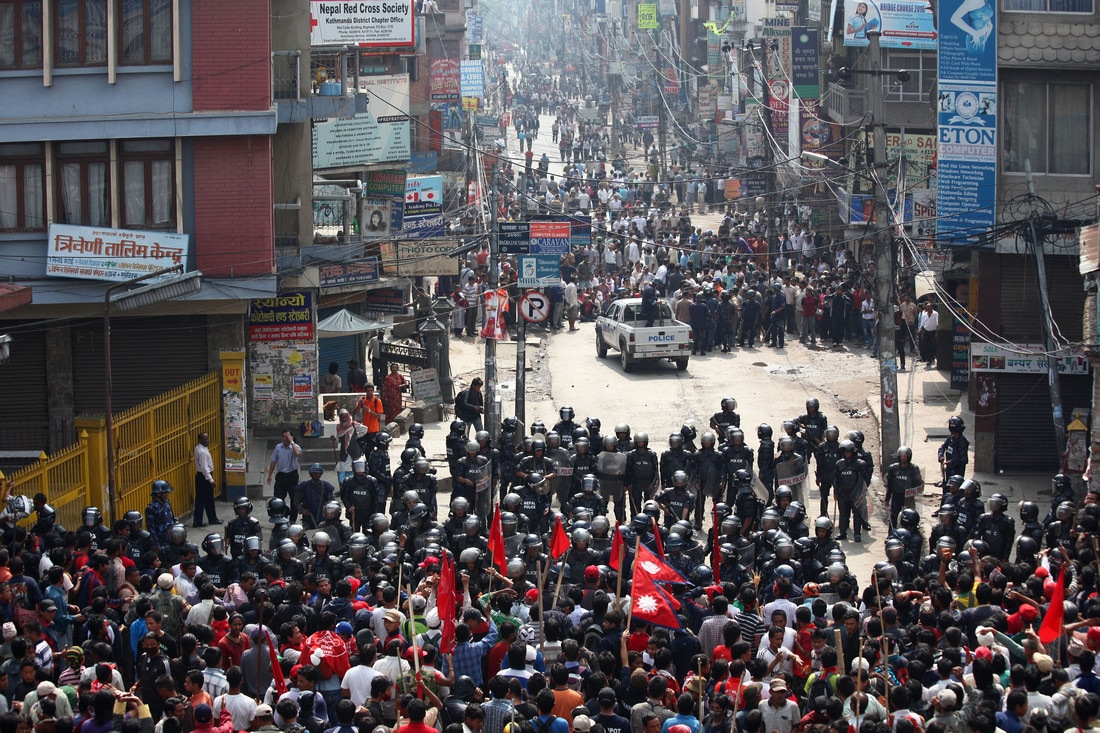
What’s your biggest takeaway from travel photography?
Traveling and travel photography make me appreciate my life. I have learned more traveling than I ever did in school. I love experiencing different cultures around the world. It’s an addictive thing. When you travel, you see many incredible things. You learn to slow down and appreciate what you are surrounded by. Some days can be challenging, lonely or tiring, but it makes me feel alive to get out there and explore, especially with my camera.
Traveling makes me a more resilient person. It shows me my strengths and weaknesses and has proven to me over and over again that I am stronger than I thought. It has made me much more confident and self-reliant. If I can open people’s eyes up to the world, show them something new, and make them feel an emotion with my photographs, I have done my job as a travel photographer.
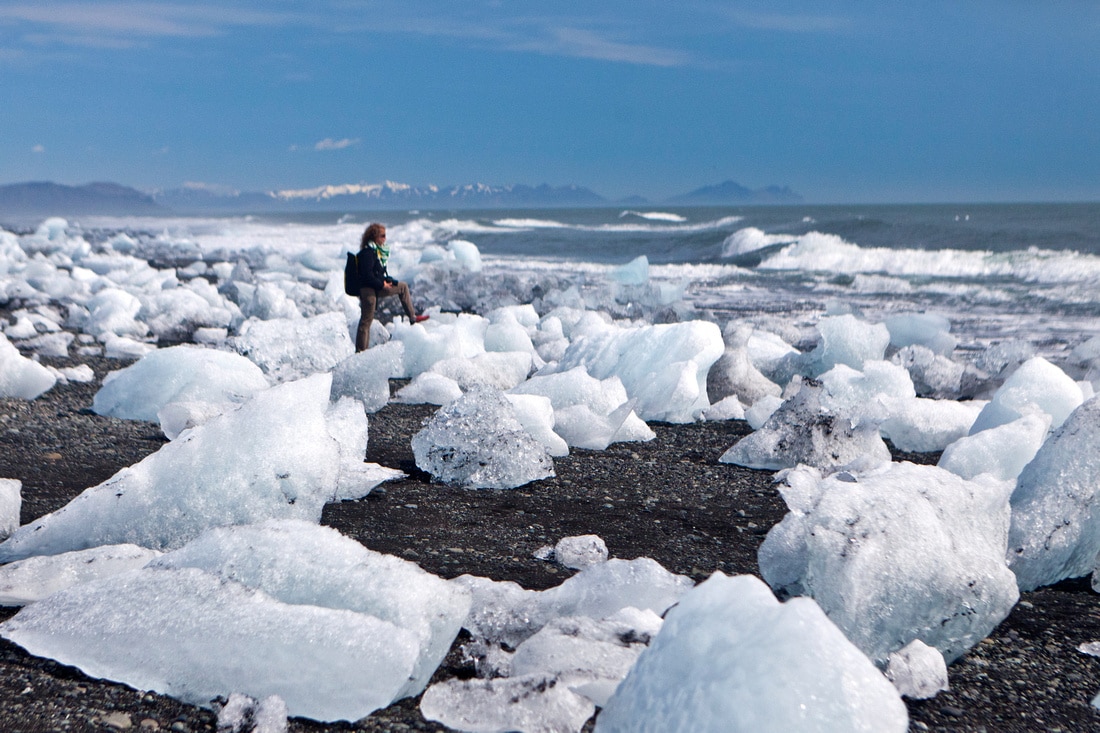
* * *
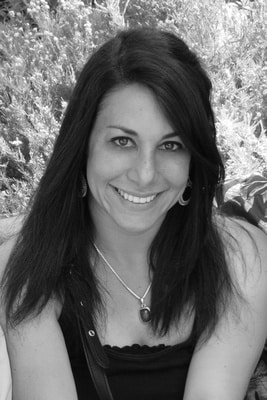 Jill Schneider is a travel and freelance photographer based in San Francisco, California. To learn more or view her work, visit www.jillhsphotography.com or follow her on Instagram @jillhsphotography.
Jill Schneider is a travel and freelance photographer based in San Francisco, California. To learn more or view her work, visit www.jillhsphotography.com or follow her on Instagram @jillhsphotography.

